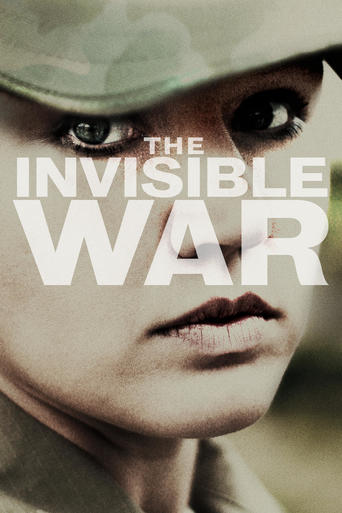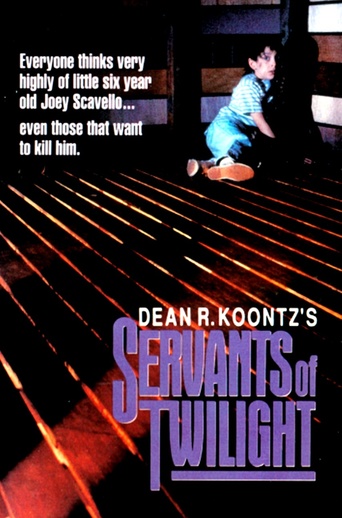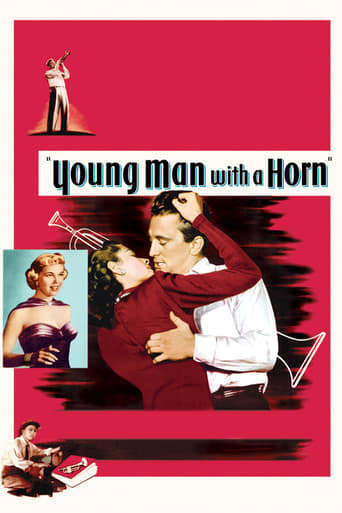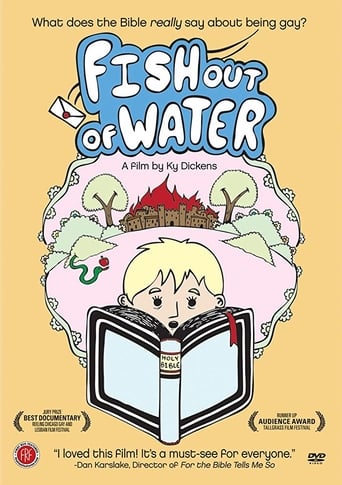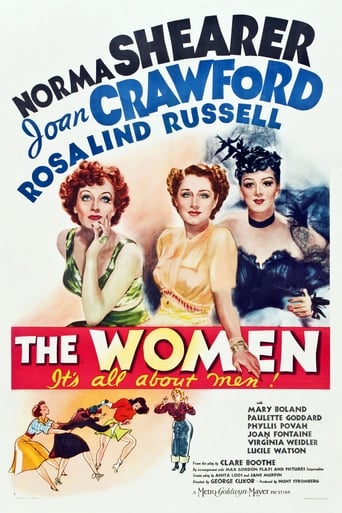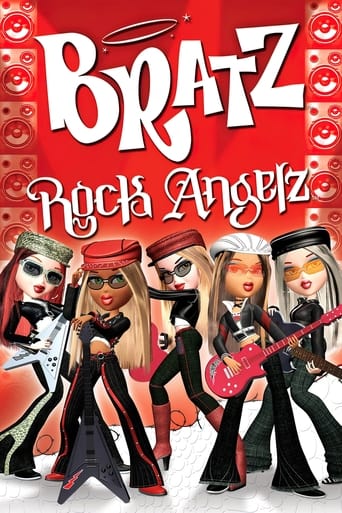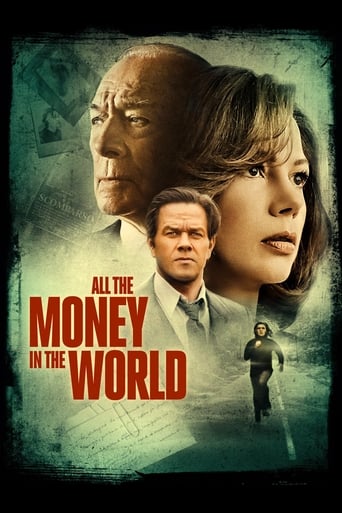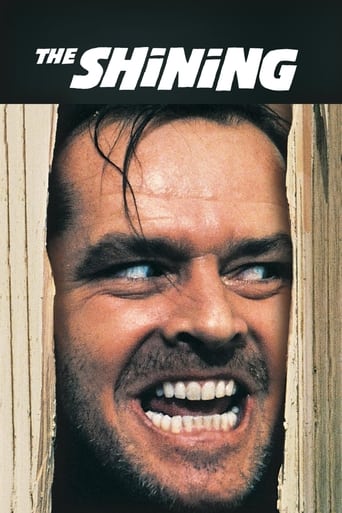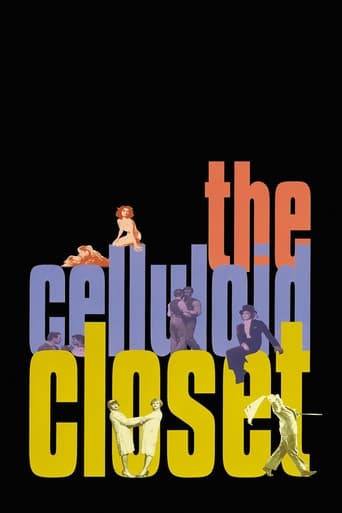


The Celluloid Closet
This documentary highlights the historical contexts that gay, lesbian, bisexual and transgender individuals have occupied in cinema history, and shows the evolution of the entertainment industry's role in shaping perceptions of LGBT figures. The issues addressed include secrecy – which initially defined homosexuality – as well as the demonization of the homosexual community with the advent of AIDS, and finally the shift toward acceptance and positivity in the modern era.
-
- Cast:
- Lily Tomlin , Tony Curtis , Susan Sarandon , Gore Vidal , Whoopi Goldberg , Antonio Fargas , Shirley MacLaine


Similar titles
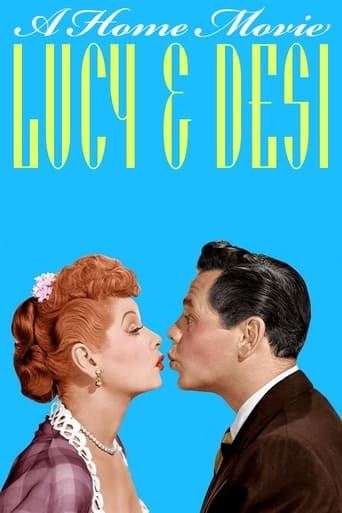
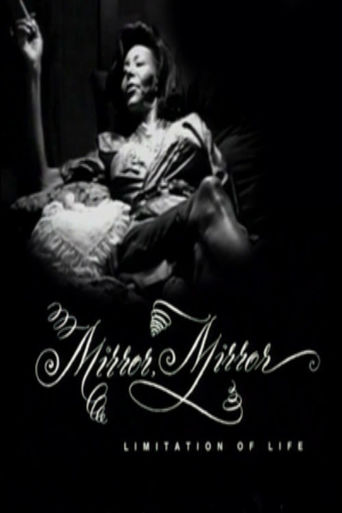
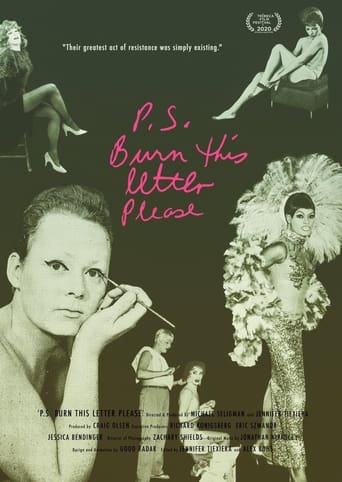

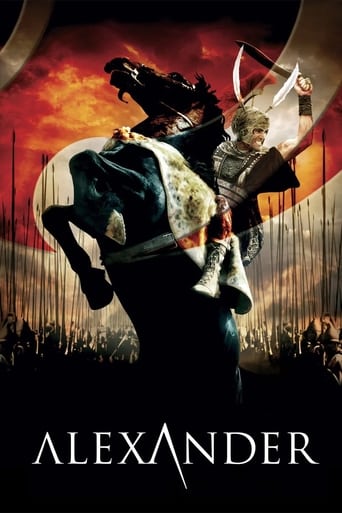
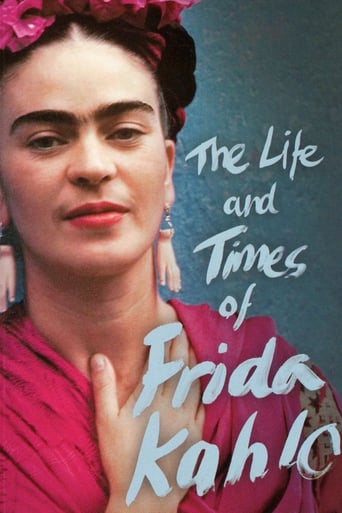
Reviews
Touches You
The movie's neither hopeful in contrived ways, nor hopeless in different contrived ways. Somehow it manages to be wonderful
There are moments in this movie where the great movie it could've been peek out... They're fleeting, here, but they're worth savoring, and they happen often enough to make it worth your while.
It is an exhilarating, distressing, funny and profound film, with one of the more memorable film scores in years,
An excellent documentary that chronicles the depiction of homosexuality in the movies during the 20th century, "The Celluloid Closet" was produced and directed by Rob Epstein and Jeffrey Friedman. Based on a book by Vito Russo, the film begins with Edison's pioneering film of two men dancing and moves into the increasingly frank depiction of sex during the pre-code era. During the 1930's and 40's, after the Motion Picture Code was in place, writers and directors slyly and cleverly developed veiled references to communicate forbidden topics to their audiences; these clips are perhaps the most fascinating and include: Mrs. Danvers stroking Rebecca's lingerie in "Rebecca;" Peter Lorre smelling of gardenias in "The Maltese Falcon;" the murderous lovers in "Rope;" Sal Mineo's worship of James Dean in "Rebel Without a Cause;" and John Ireland and Montgomery Clift comparing guns in "Red River."The pre-production code clips are rare and equally fascinating. While several are obvious and direct references to gays, the film does makes some stretches; not every instance of cross dressing or same sex dancing can be construed as indicating homosexuality. One commentator notes: "when a man dresses as a woman, everyone laughs, when a woman dresses as a man, nobody laughs." Chaplin's drag is intended to be comic, while Dietrich's intentions are purposefully ambiguous. However, the obvious swishing, effeminacy, sissies, and allusions to the color lavender are unmistakable hints to a knowing audience. Although Edward Everett Horton is mentioned and shown during the discussion of film sissies, such other gay "Stepin Fetchits" as Franklin Pangborn and Eddie Cantor are left unmentioned.When the Production Code lost its bite in the late 1950's and early 1960's with the release of "Suddenly Last Summer," "Victim," and "The Children's Hour," the documentary takes a turn. While the closet door had opened, gay people were increasing depicted as psychopathic villains in such films as "Cruising" or pitiful victims of their own degeneracy in "The Detective" and "Advise and Consent." Unfortunately, the one film that depicted a happy ending for male lovers, 1987's "Maurice," was overlooked. Even some harmless comedies such as "The Gay Deceivers" are not mentioned, while the sleazy gay muggers in "The Vanishing Point" are shown. Positive depictions of gays did appear in movies during the late 20th century, but "The Celluloid Closet" chose to omit them and dwell far too long on the negatives.However, the film has a fine narration by Lily Tomlin, and such commentators as Harvey Fierstein, Armistead Maupin, Quentin Crisp, Whoopi Goldberg, Gore Vidal and others share their thoughts, memories, and feelings watching gays in the movies and seeking subtle hints in films that suggested they were not alone. Some of the most insightful comments come from film historian Richard Dyer and writer Susie Bright, and the music by Carter Burwell is a major asset. Despite too much focus on the negative depiction of homosexuals in the movies, "The Celluloid Closet" is nevertheless essential viewing for film buffs, gay or straight. Particularly interesting are the early pre-code clips, the sly gay references inserted to circumvent the production code, and the insightful commentaries from a bevy of straight and gay writers, actors, and historians. Even with a few blemishes, "The Celluloid Closet" is matchless cinema history.
The Celluloid Closet is well-put-together documentary style film that does an excellent job in revealing how homosexuals were portrayed in Hollywood. The narration, along with movie clips, served as both informative and entertaining; with a perfect balance. It was informative enough to be taken seriously, yet at the same time, entertaining enough that the documentary was interesting, if not fascinating.In terms of organization, the film is very orderly and sequential. It starts with the early 1900s and proceeds to move forward till the late 1900s. I must also compliment the way the movie effectively compares and contrasts portrayals of homosexuals in different time periods, allowing for a smooth and easy to follow transition.What I loved most about the film is that it also features the varying opinions of different actors (such as Tom Hanks, Whoopie Goldberg, Tony Curtis, and others). This gives a wider variety of insight than just your own thought on watching the small movie clips.Although I do recommend the film, I did hope to see more on how the movies mentioned in the film became accepted. Another complaint is that the film lacked information on the directors or actors that should be given credit for exposing queer films into the public (especially during the early-mid 1900s when homosexuality wasn't socially acceptable). Overall, this is a great documentary for any gender or sex, whether you're homosexual or heterosexual.
The Celluloid Closet is a documentary that focuses on Hollywood's evolution of queer film from the 1920's until the mid-1990's. The documentary's use of clips from complements clips from interviews of screenwriters and actors to show the chronology of not only queers and queer film, but also of censorship in Hollywood. The film also emphasizes how society's view of homosexuals shaped queer film. The film discusses how not only Hollywood's views of homosexuality have developed and shaped throughout the decades, but also all of America's (i.e. how all gay men were effeminate, and all lesbians were masculine). Screenwriters and actors further discuss how the Catholic Church became very involved in cinema and influenced the institution of the Hays Codes for censorship. The film emphasizes how screenwriters were able to avoid this censorship through connotations and subtleties; however, they still had to please the Church by portraying homosexuals as victims or villains to show that there was no happy ending for them. However, by the late 70's onward, depictions of homosexuality on screen became more positive as the Gay Rights Movement started in the United States, creating new norms and shaping more positive views of homosexuality in individuals.The Celluloid Closet gives an excellent history and analysis of queer film and how influential Hollywood can be. It was interesting to see how many old Hollywood films were considered part of queer cinema—such as Rebel Without a Cause, The Maltese Falcon, and Rebecca. It was truly enlightening, and it expanded my scope of queer film. The Celluloid Closet is highly recommended to watch, for it sheds a new light for watching films, old and new, and for how to pick up different themes and subtleties to bring a deeper appreciation for "just watching a movie."
"The Celluloid Closet" is a very informative, interesting documentary that evaluates the way Hollywood has presented homosexual relationships beginning in the 1930s. From the very beginning when homosexual relationships began to appear in films, Hollywood has always had an influence on the audience of what to think about gays, as well as how gays should feel about themselves. In early appearances, the homosexual hints in films was not discussed publicly after being viewed, it was sort of ignored and thought of as comedy. After homosexual scenes became more and more prevalent and common, the Catholic and Protestant churches grew very angry, starting boycotts of any film that hinted even the smallest bit of homosexuality. Film writers and directors began finding other ways to project homosexuals, by making it harder to catch the gay hints or even making the homosexual character a "villain" in a sense. This homosexual "villain" character was very common in films until the British film "Victim." This particular film was the first to actually use the word "homosexual," therefore beginning another era of homosexuality in films. Although the "homosexual" word was not used openly in films, gays seemed to perceived as having a "mental illness" now. In addition, audiences were applauding villains, killers, or the killed if they were homosexual. They seemed to enjoy the homosexual characters' pain while watching these films. Overall, "The Celluloid Closet" takes its audience on the journey through the evolution of homosexuality in Hollywood films. Clearly this film is wonderful in itself as it explores other very famous films throughout history, discussing how homosexual scenes were presented in many of them.

